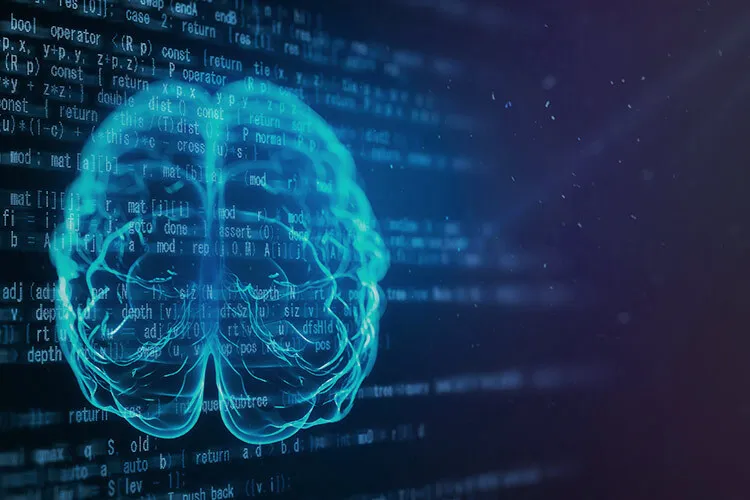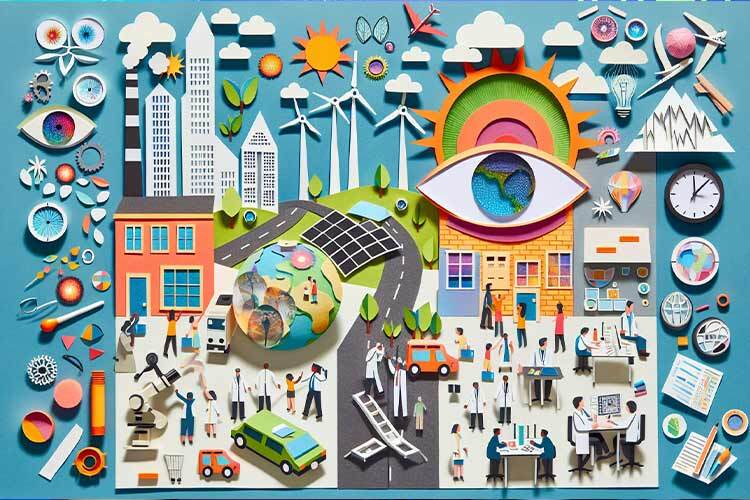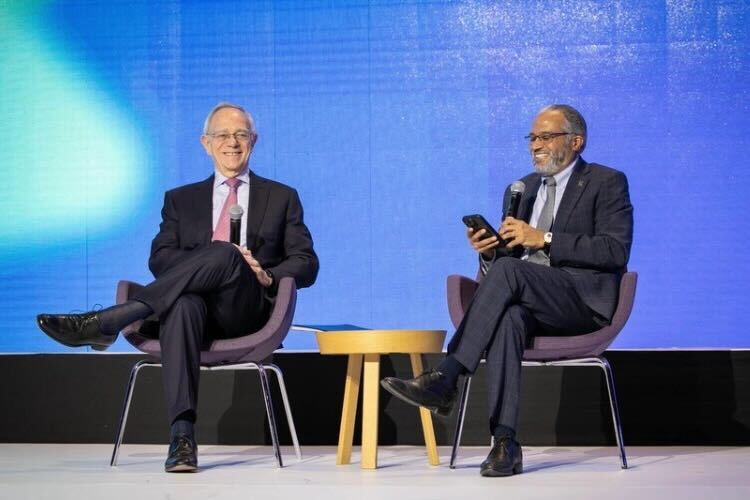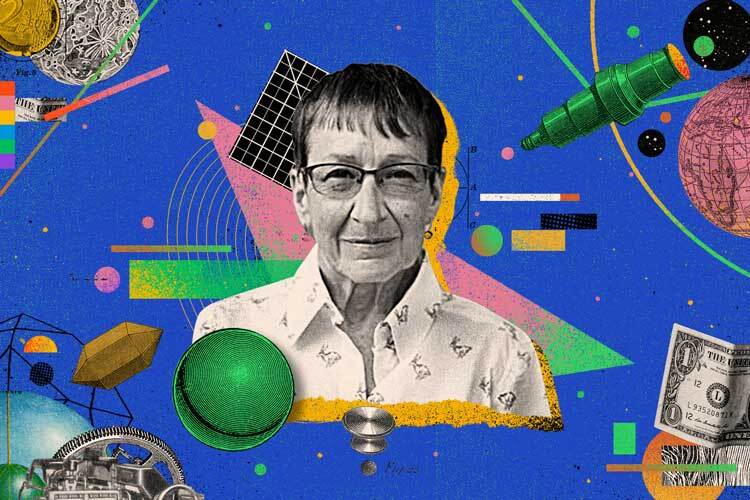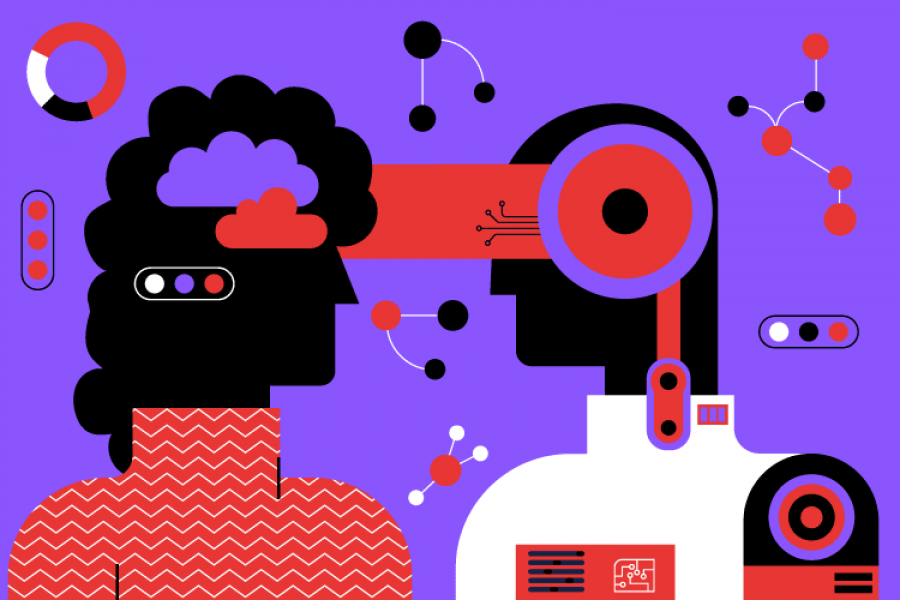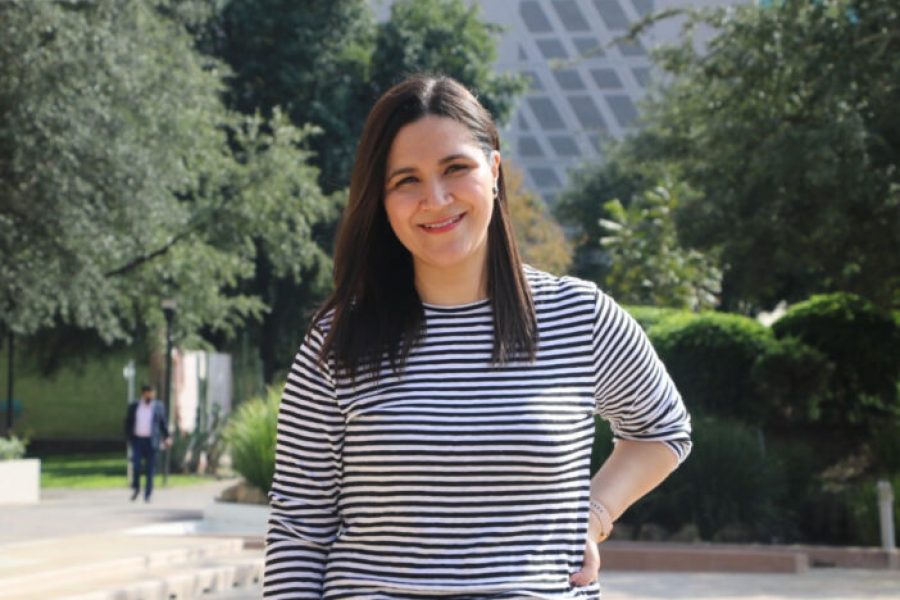Giant companies like Amazon always employ mathematical programming algorithms to ensure millions of packages reach their destinations each day.
According to Cipriano Santos, a distinguished professor in Operations Research and Artificial Intelligence and a member of the Faculty of Excellence, these algorithms originated during World War II. They were later utilized in the oil industry.
“In the last ten years, the computing power and mathematical algorithms we have are already working. That’s why Amazon uses them and knows what kind of truck to use, what kind of customers, what products; many mathematical programming models make all these decisions,” explains Santos.
On the other hand, Artificial Intelligence has enhanced the amount of data available for a given problem. This is why Tec’s OperAI initiative, led by Santos, was born—an effort to improve processes with the help of AI and mathematical programming.
OperAI an Initiative of Tec de Monterrey
“The idea arises because these disciplines, although they claim to interact, don’t really do so. What we want to do in OperAI is merge them. If we have a problem, the solution involves AI and mathematical optimization,” Santos explains.
Andrés Téllez, an AI specialist and also part of OperAI, explains that at first glance, one might think they are the same, but they are used for different purposes.
“Mathematical optimization is used to examine cost and time issues, while AI optimization is to mimic, as closely as possible, the behavior of something: the weather, the stock market,” explains Téllez.
He uses the simple act of grocery shopping as an example. AI would provide supermarkets with all available data: price, quality, etc., while mathematical optimization would determine the best purchasing decision.
“We see that it’s detached: providing data to the market and, on the other hand, making decisions. One aspect we want to explore is the combination because decision-making can alter predictions, which hasn’t been done,” he explains.
One of the ongoing research projects involves predicting machine failure. When considering millions of parameters, understanding the results AI can produce becomes impossible. However, with mathematical optimization, the algorithm used by AI can be simplified.
Another issue they are tackling relates to the human resources department of companies with thousands of employees.
“For any service company, their biggest expense is people. We need tools for management: who should be where, on which project, profiles, and cost minimization. The tool doesn’t exist,” says Santos.
OperAI aims to create an architecture that helps companies optimize hiring by analyzing thousands of resumes and placing suitable individuals in the right positions.
